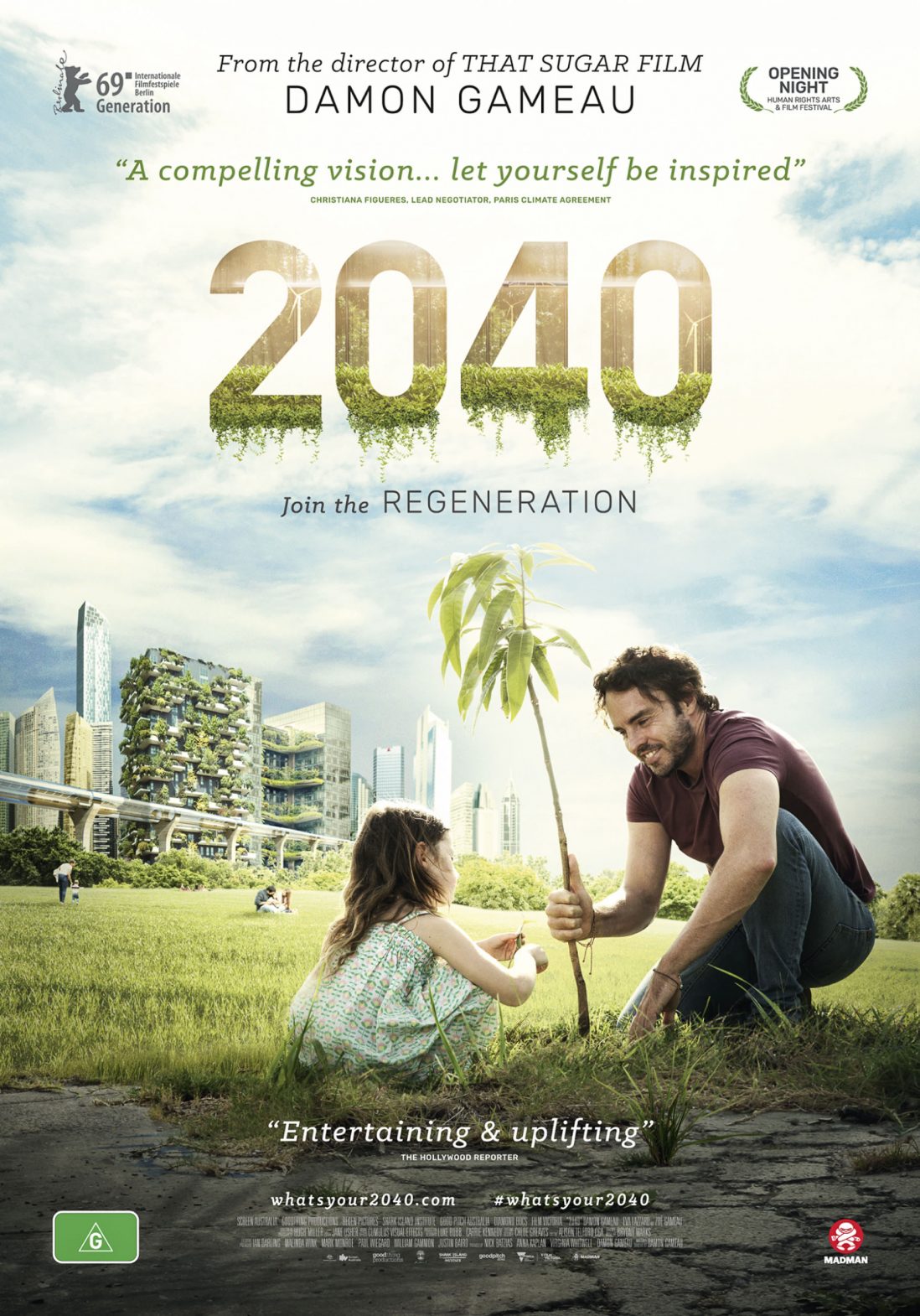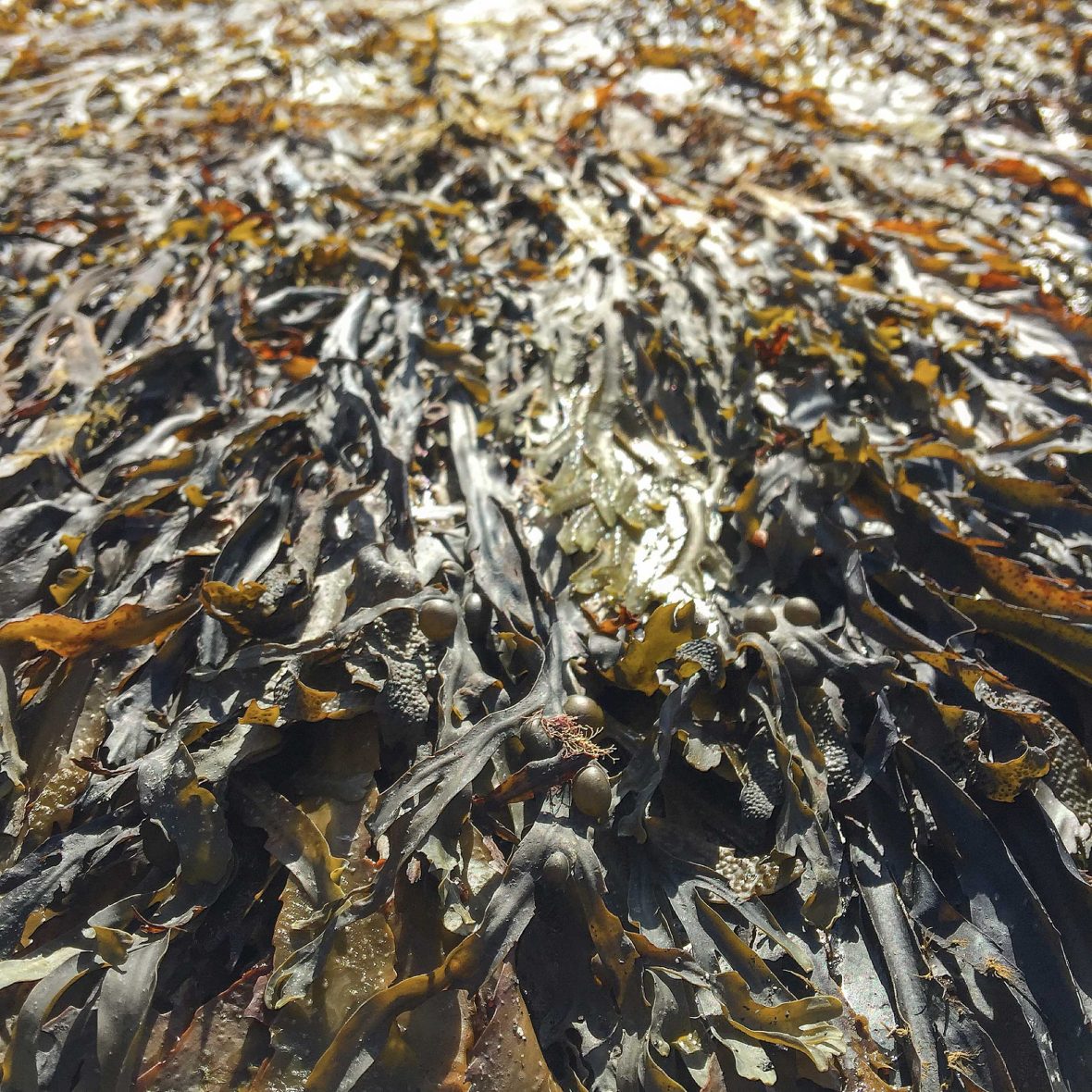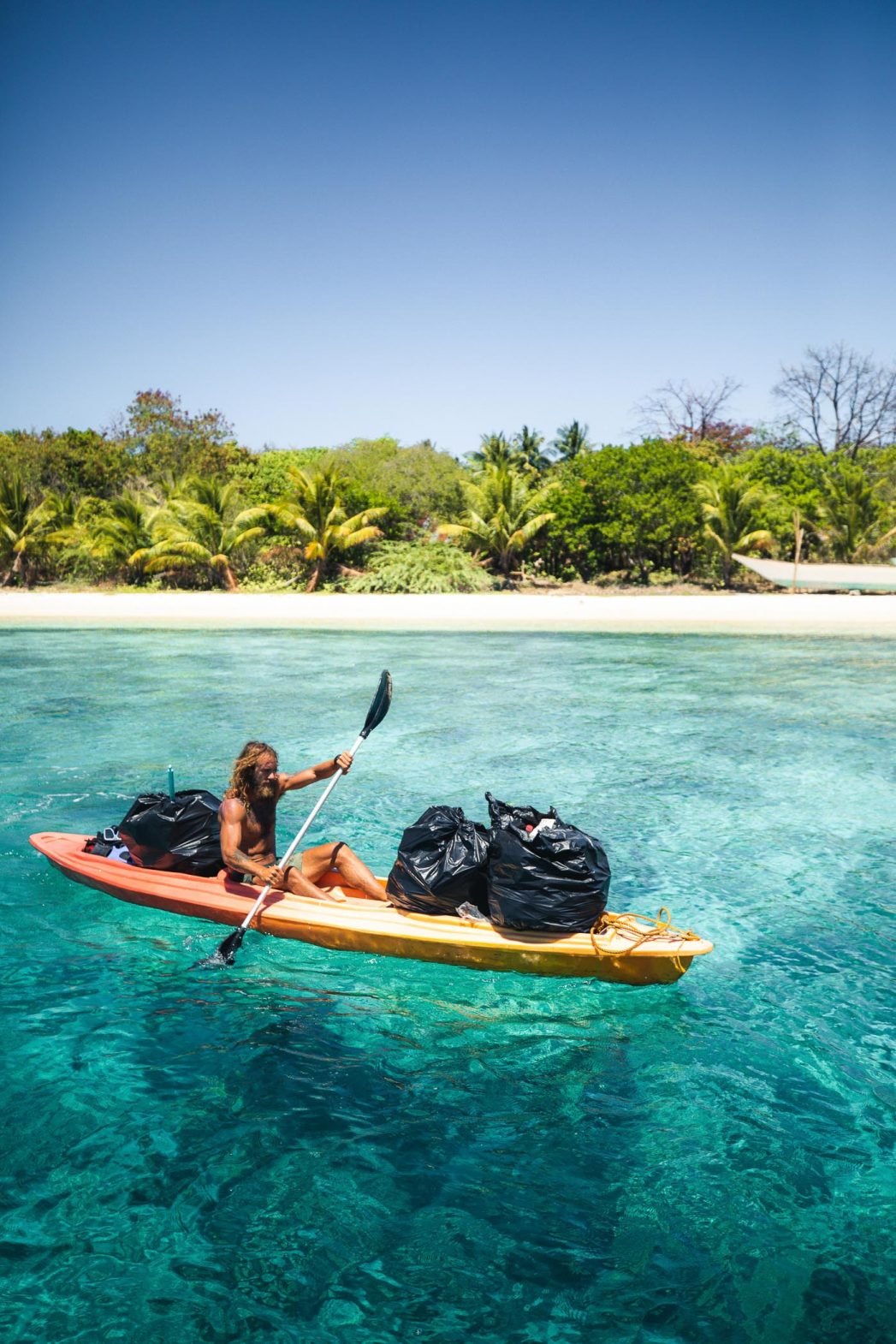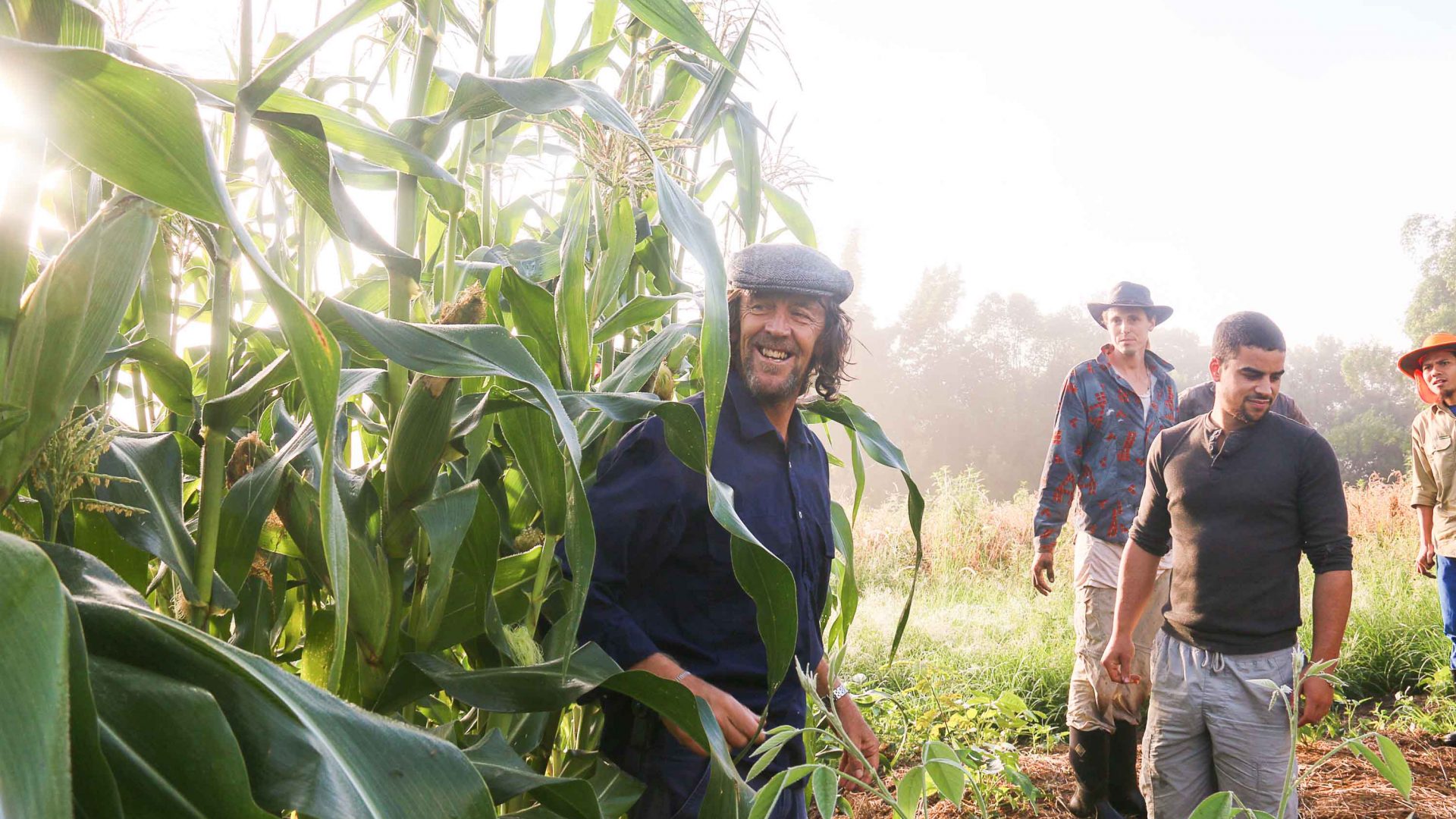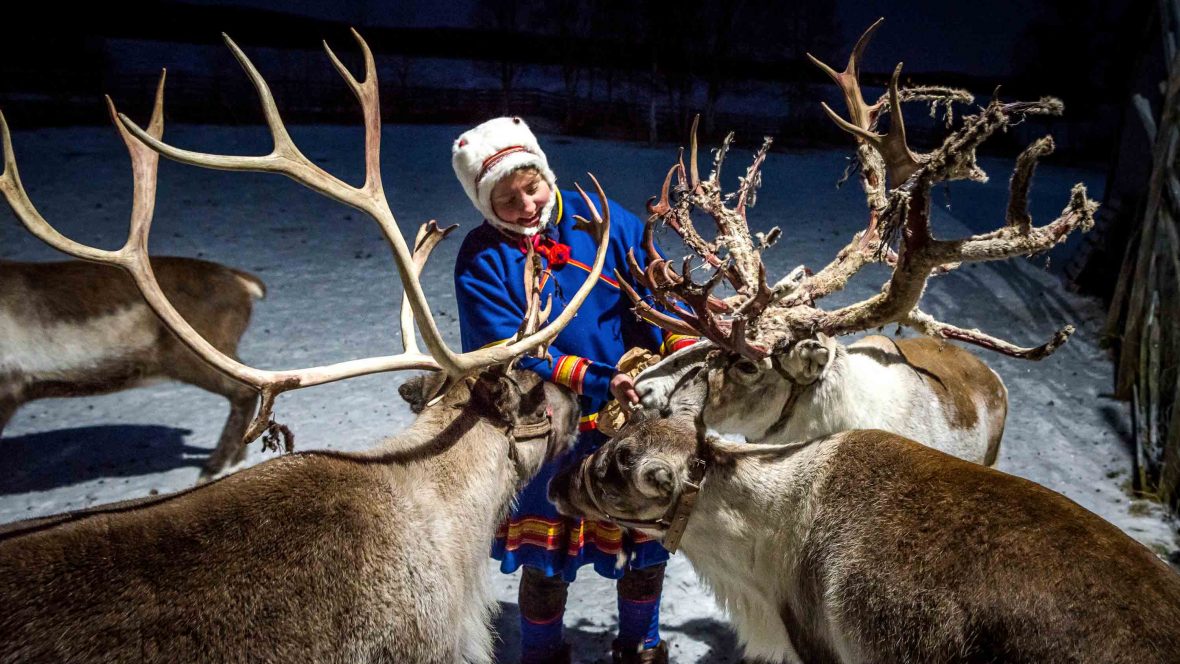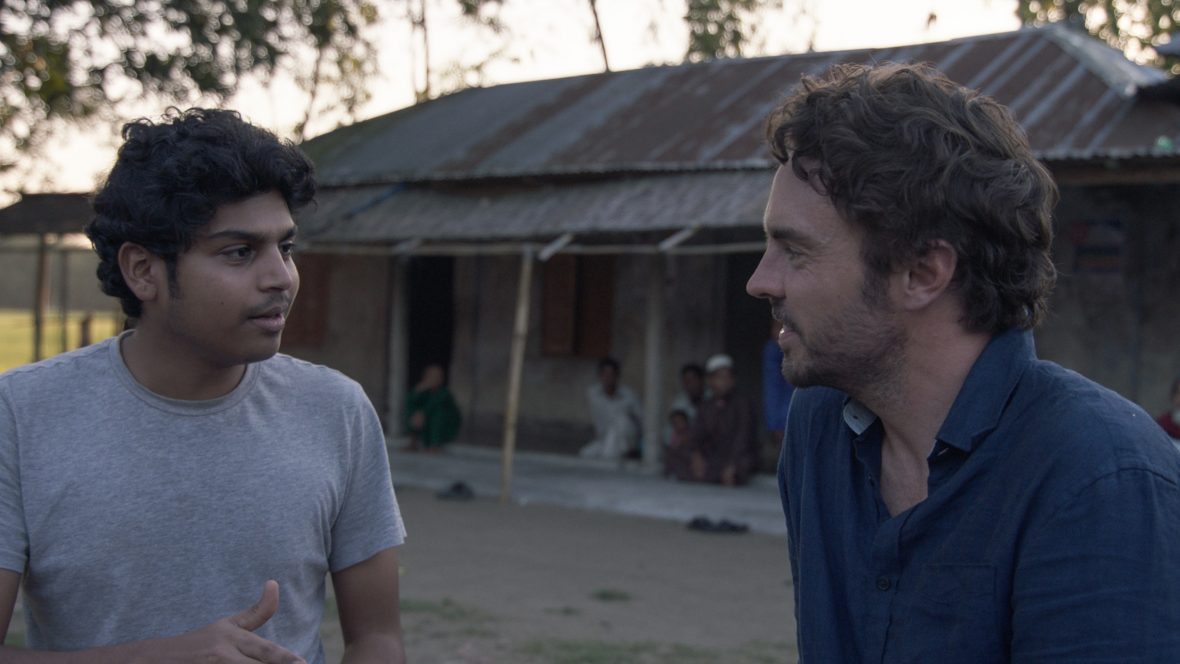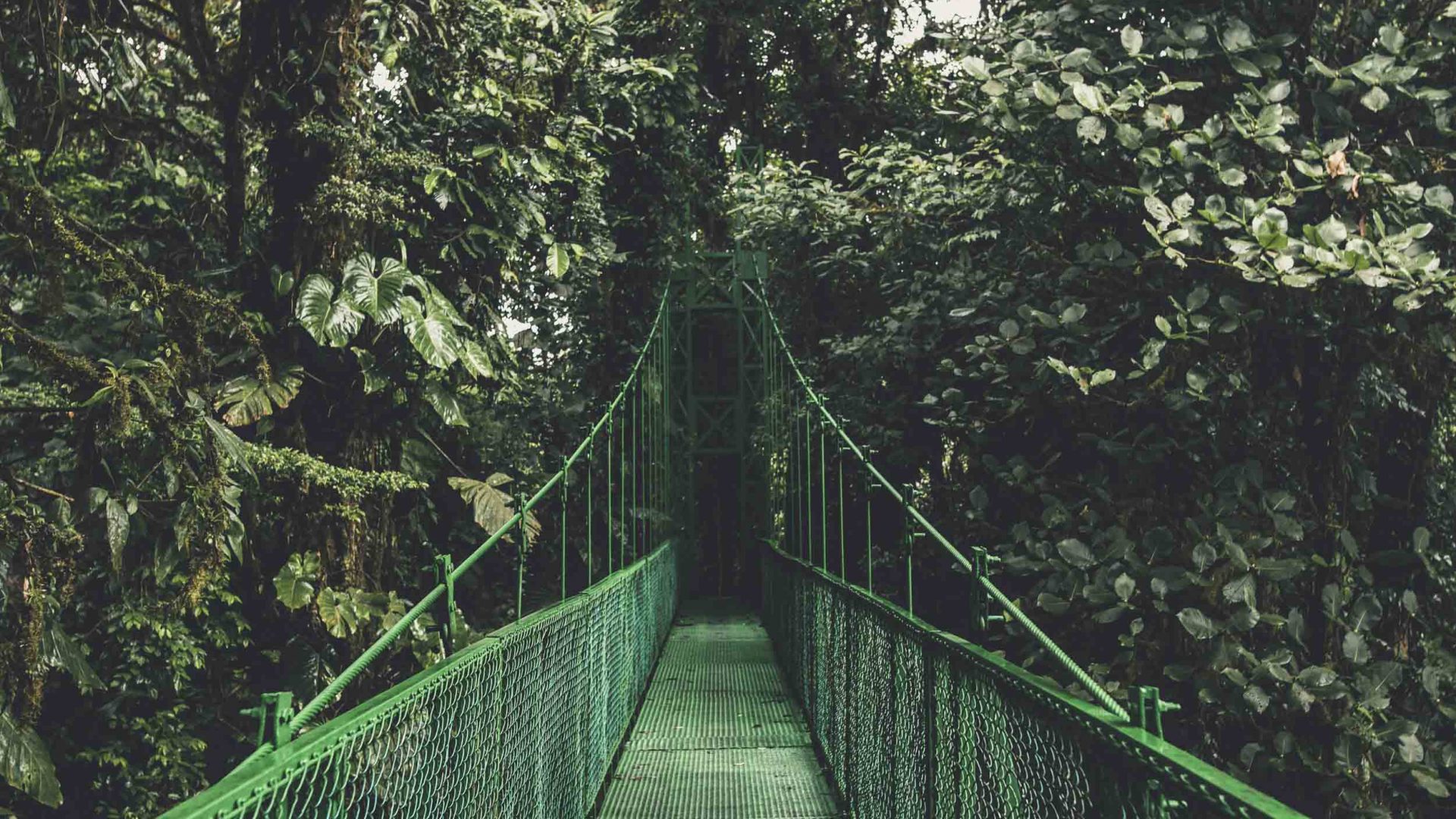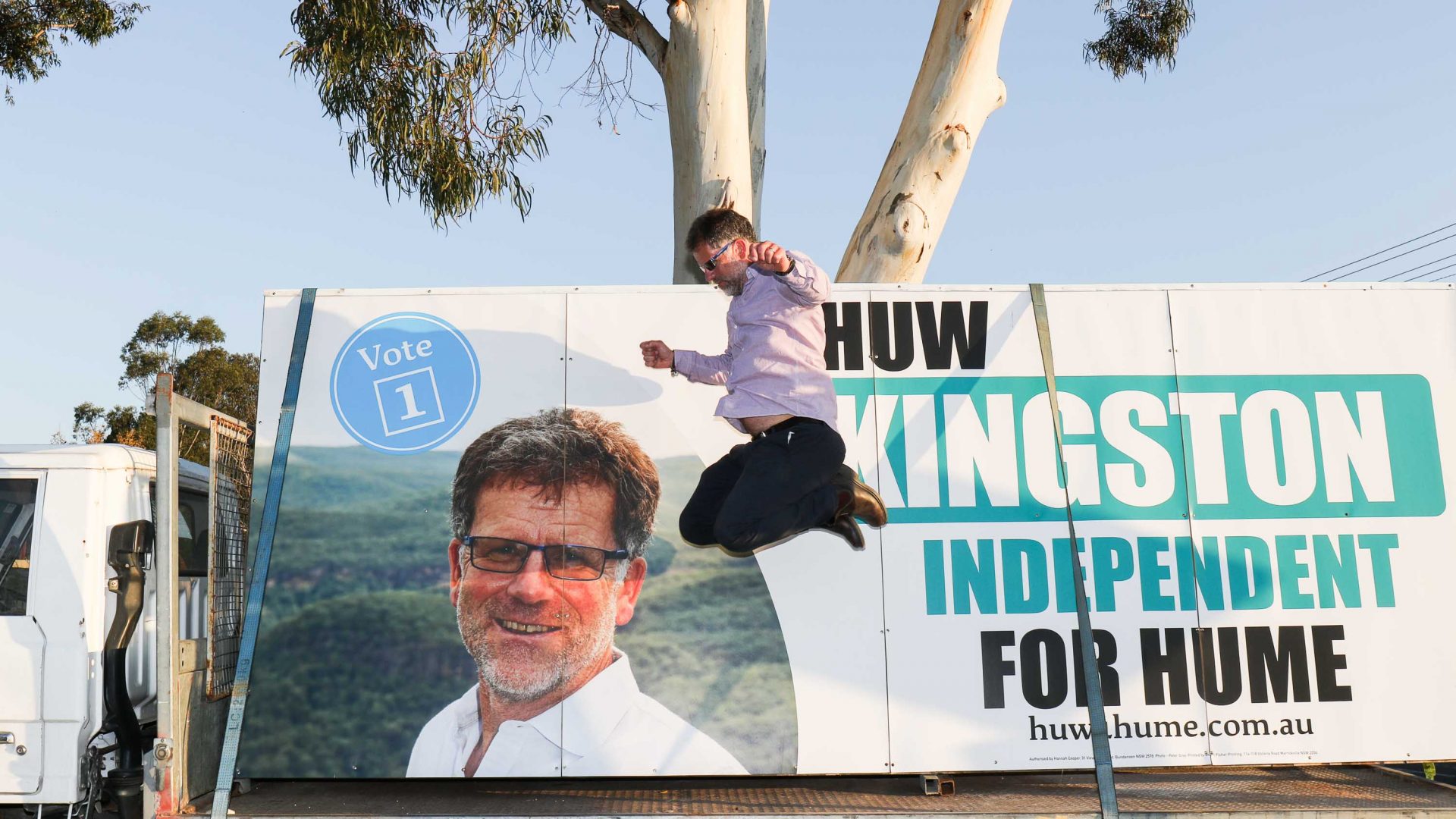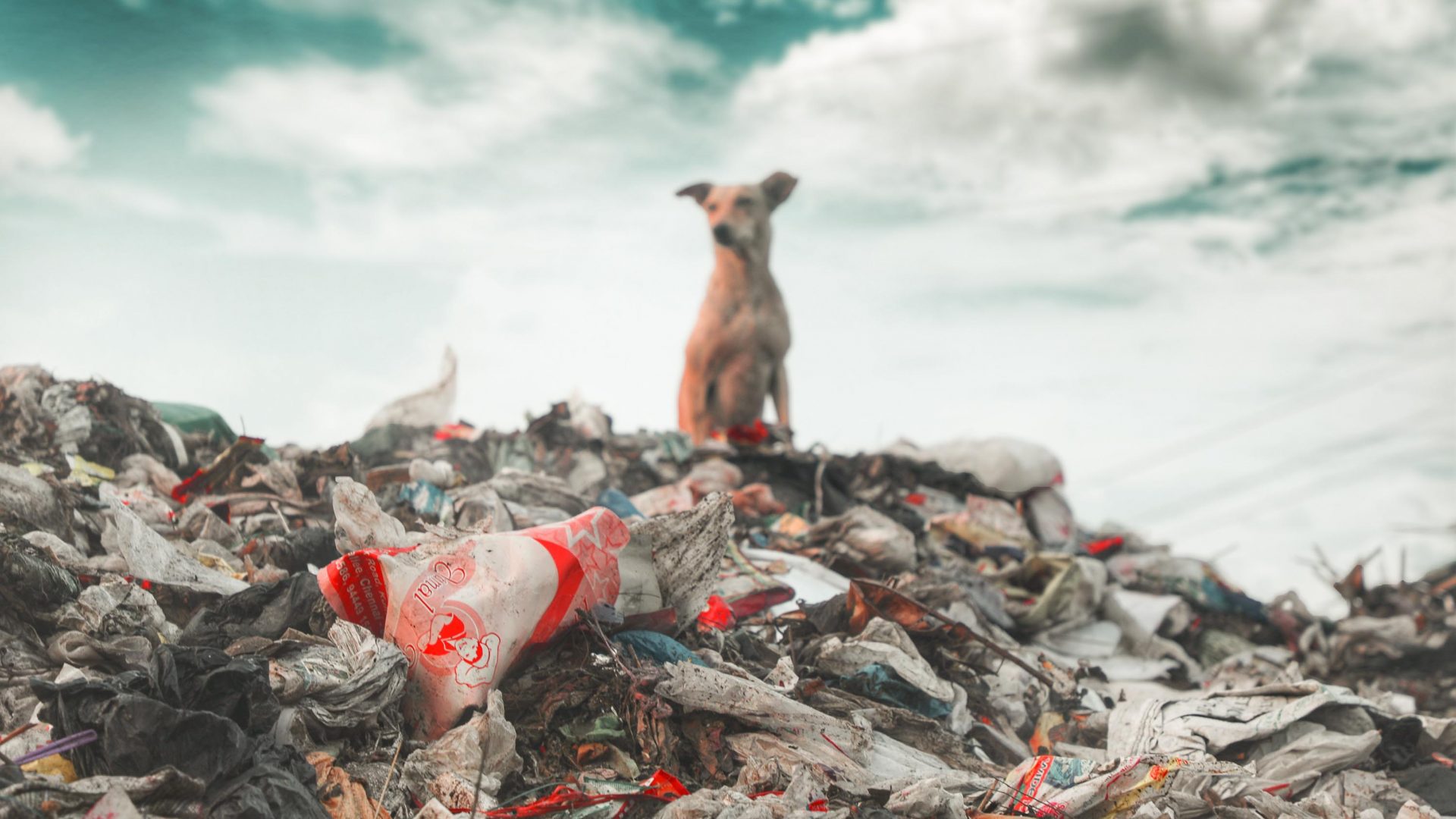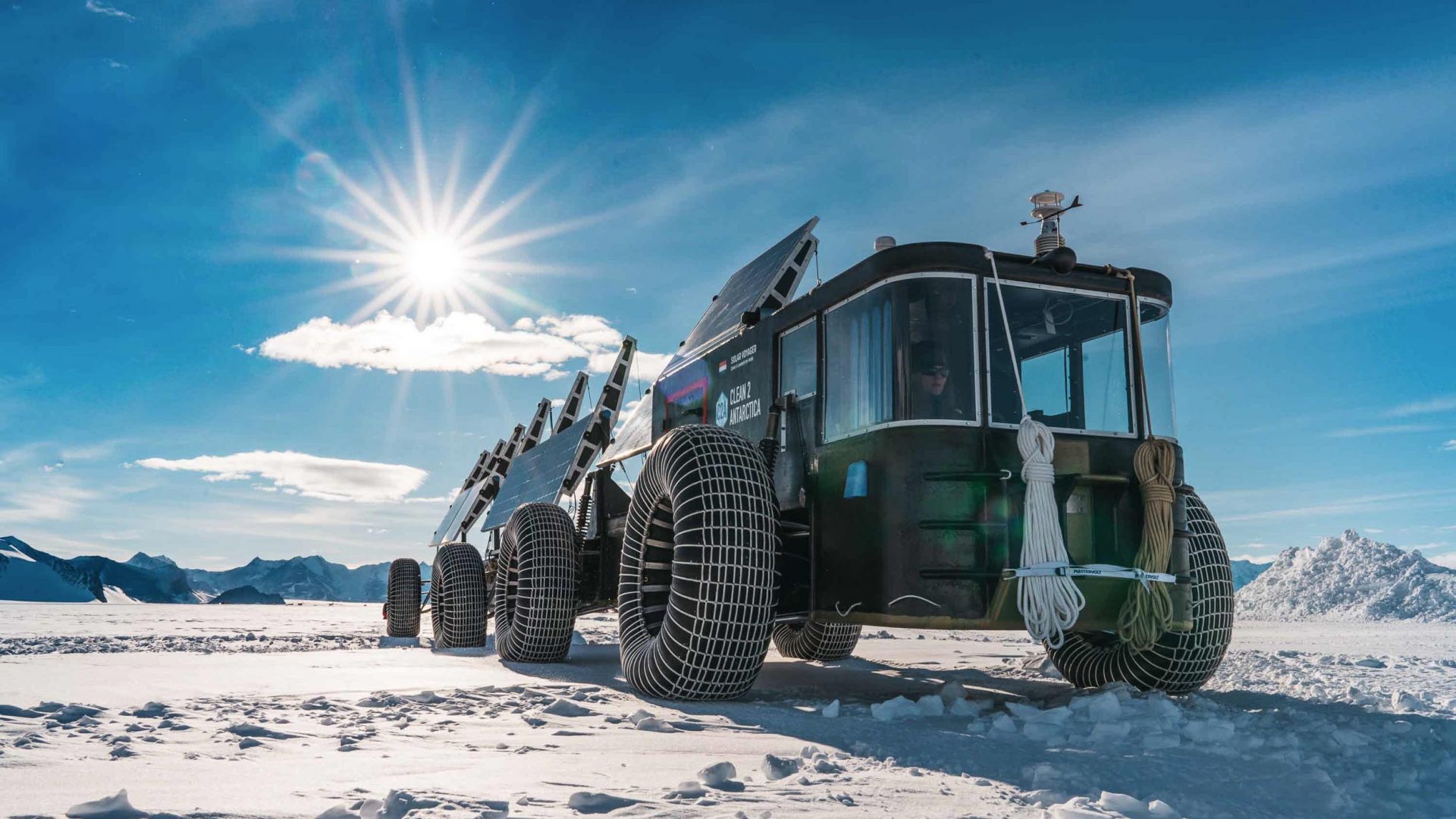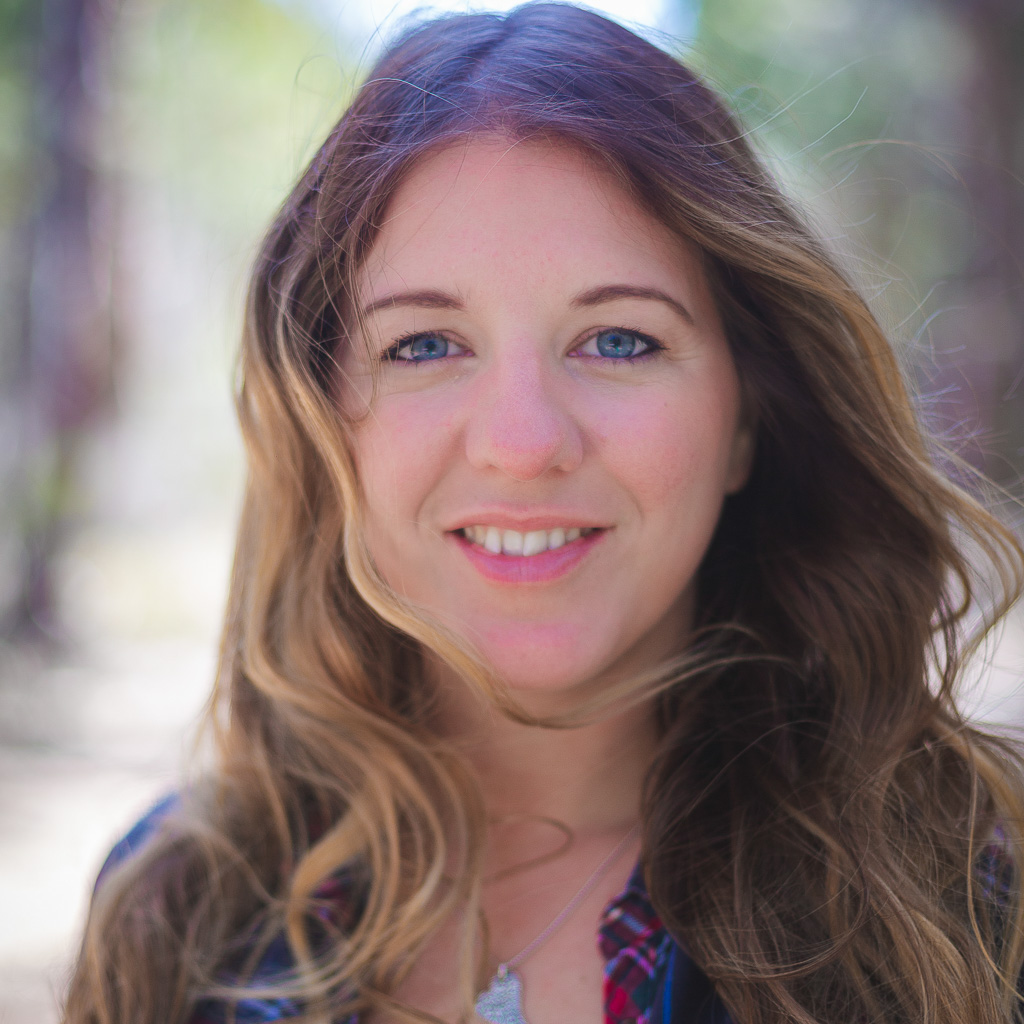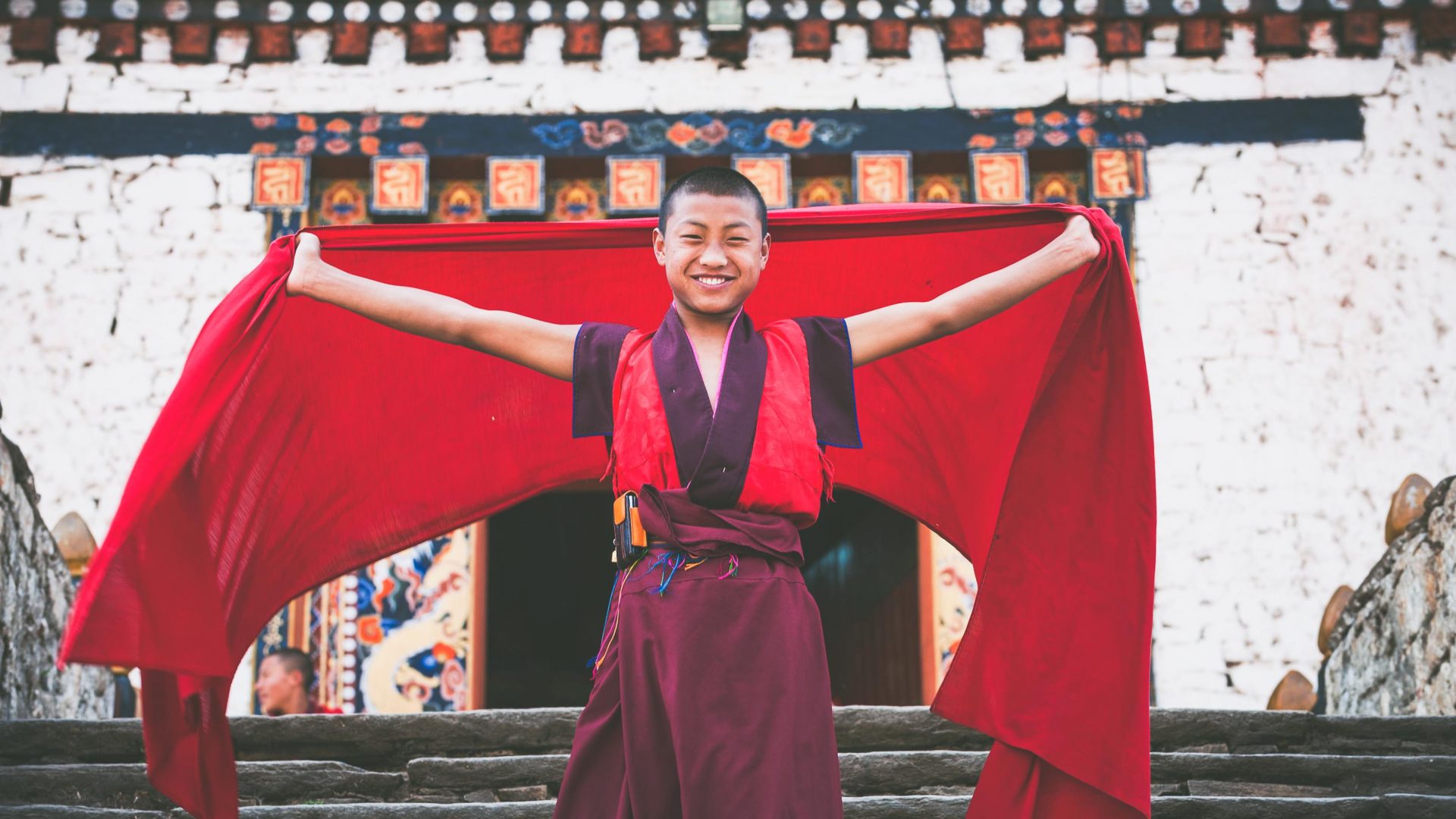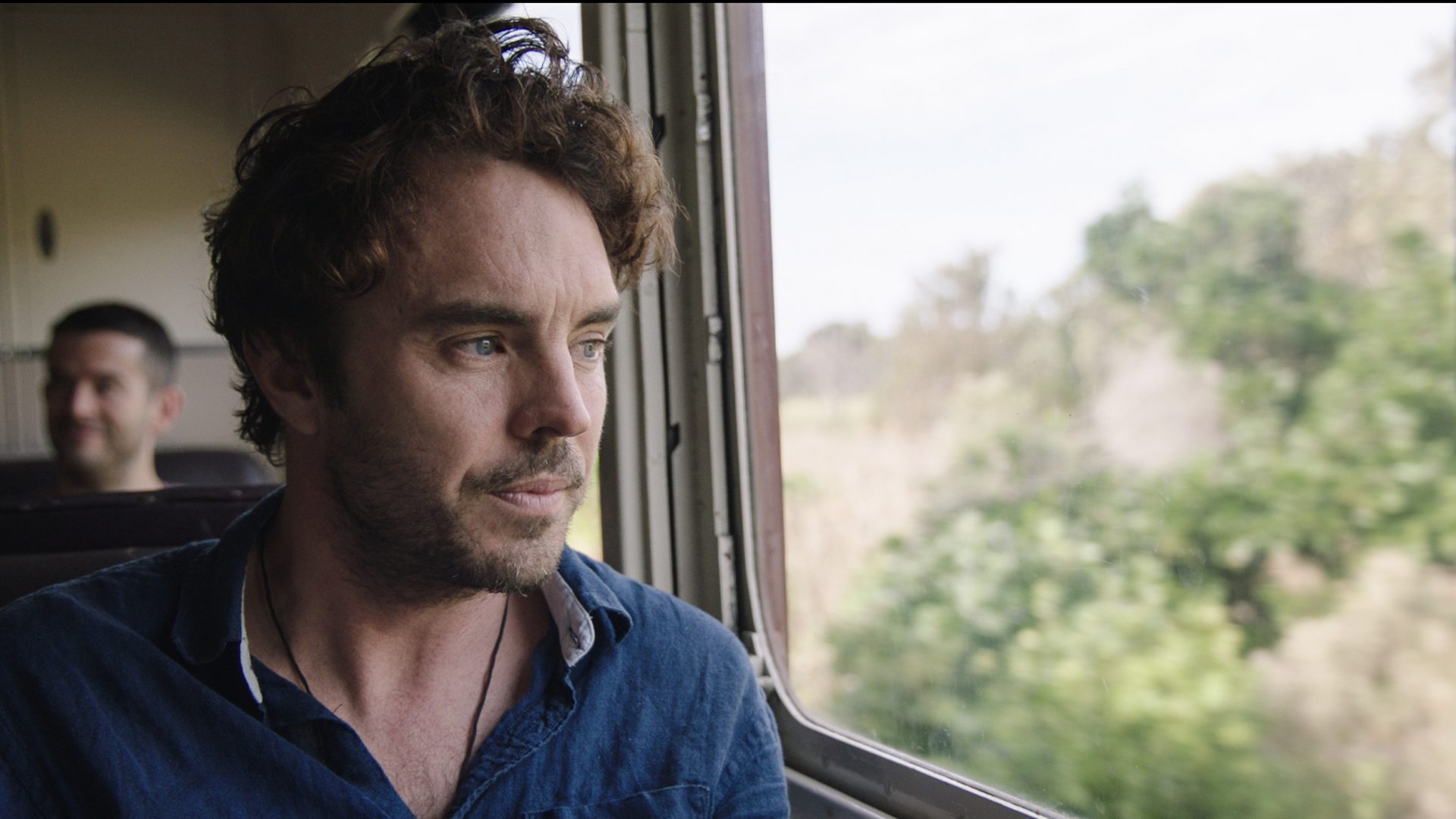
Editor’s note: This article was published before the coronavirus pandemic, and may not reflect the current situation on the ground.
In his 2019 documentary, 2040, Damon Gameau put forward a bold, hopeful vision for a sustainable future. Less than a year later, thanks to an enormous outpouring of public support, a small part of that vision might already be coming true.
Damon Gameau’s 2040 is a documentary about hope. Tired of the mainstream media’s doom-and-gloom narrative when it comes to the climate crisis (in fairness, there is much to be gloomy about), the Australian filmmaker decided to flip the conversation on its head, and encourage people to focus just a little more on the solutions to the issues we’re facing.
Damon, who you may remember as the director of 2015’s wildly successful That Sugar Film, refers to 2040 as an “exercise in fact-based dreaming”. In filmmaking terms, this basically means he’s taken initiatives and technologies that exist today—community solar grids, electric vehicles, urban farming and more—and imagined a future world (2040) in which these practices have been adopted and rolled out at scale.


